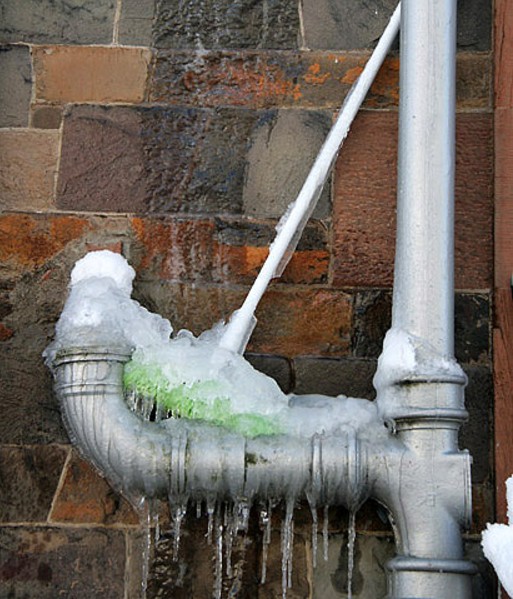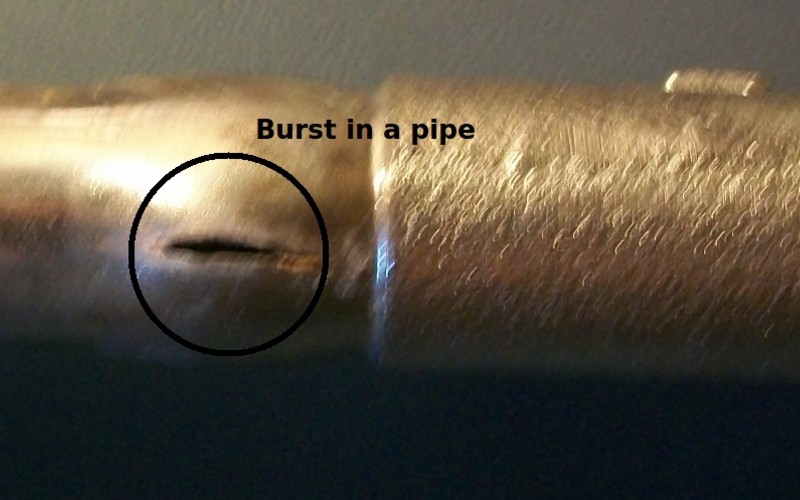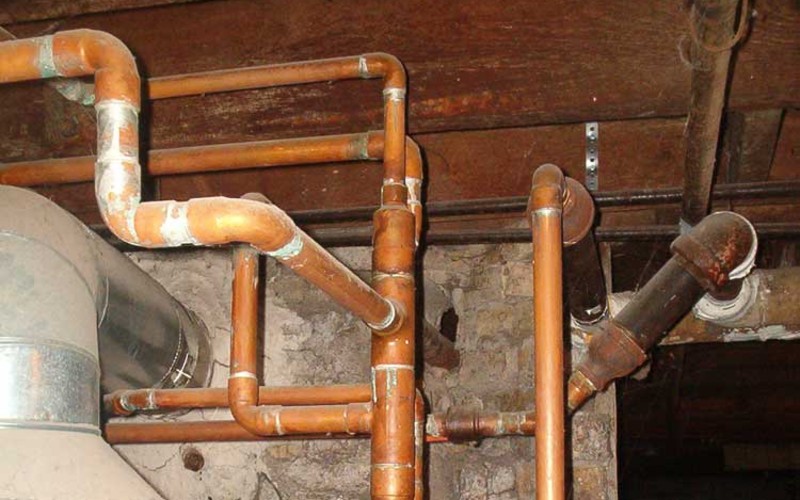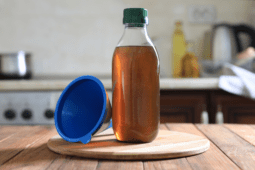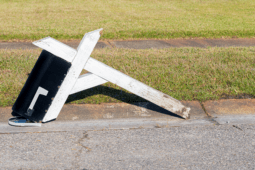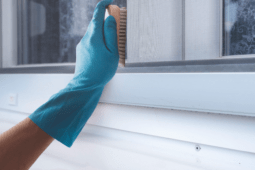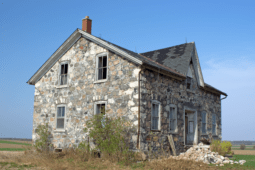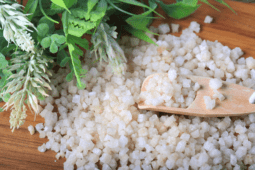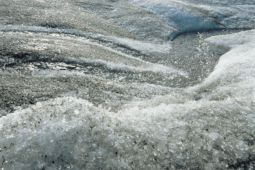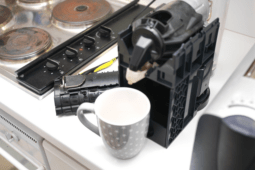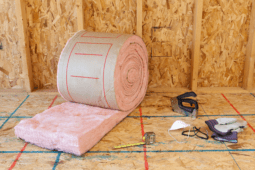How To Keep Pipes From Freezing [12 Easy Tips!]
Winter weather is a tricky beast that can sneak up quickly and without remorse. Even if you think you know your climate well, as the deep freeze that hit Texas in 2021 shows, you can be caught by surprise with devastating weather. When that happens, it can often be too late to prevent the damage that ensues. That’s why it’s a good idea to take steps to keep your pipes from freezing before things get that bad. As grandpa always said, an ounce of prevention is worth a pound of cure.
How & Why Do Pipes Freeze?
It’s no secret that water and cold temperatures don’t get along. Usually, the pipes in your home will be safely insulated inside your walls or protected enough outside that even when the temperature dips below freezing, the water in them stays in a liquid state. But sudden deep-freezes, especially ones that get unexpectedly low or occur in places where those temperatures aren’t typical, can be very damaging. The pipes most at risk are ones that are not insulated, running through your walls and in your basement or crawl space.
The reason frozen pipes are so bad, aside from leaving you without water until they thaw, has to do with the physical properties of water. When water freezes, that change of state causes it to expand. Ice takes up more room than liquid water, and even the strongest pipe can’t fight against that. The end result is that pipes burst under the constant force of expanding ice. The water behind the frozen plug is then free to explode out of your pipes, and suddenly you have a flooded, freezing basement or wall space.
The damage caused by burst pipes is unpredictable, but it’s not uncommon for it to cause massive flooding.
How cold does it have to be for pipes to freeze?
Pipes can handle low temperatures for a while, but if it gets cold enough for long enough with no preventative measures, you’re going to be in trouble. If the temperature hits about 20 degrees F outside, then you need to keep an eye on things. Even though water freezes at 32 degrees, the pipes themselves and your home can keep things running until the 20-degree mark.
Pipes that have no insulation, or a basement with no vapor barrier and pipes running along the walls are subject to freezing at this temperature. If you live in a Northern climate already, you may notice that your pipes are installed away from the walls for this very reason. However, if the house is older, this may not be the case.
How long does it take for pipes to freeze?
In 20 degree weather, your pipes will only have a few hours, perhaps 4 or 5, before they freeze up on you. At that point, they are subject to bursting, which can cause serious and expensive damage. The cost of preventing frozen pipes is significantly more affordable than fixing it after the fact.
What is the cost to fix a burst pipe?
A burst pipe can cost you as much as $5000 or more when all the damage is told. Remember, you’re not just dealing with a simple length of copper pipe that needs to be replaced, but all the potential damage caused by the leak. Basements are flooded and property destroyed every year because of frozen pipes.
Even if you’re lucky and your pipes have not burst, you could still be looking at a repair bill of somewhere between $100 and $400 to thaw pipes, if the plumber can get to the frozen portion and thaw it out in time.
How to Keep Pipes from Freezing
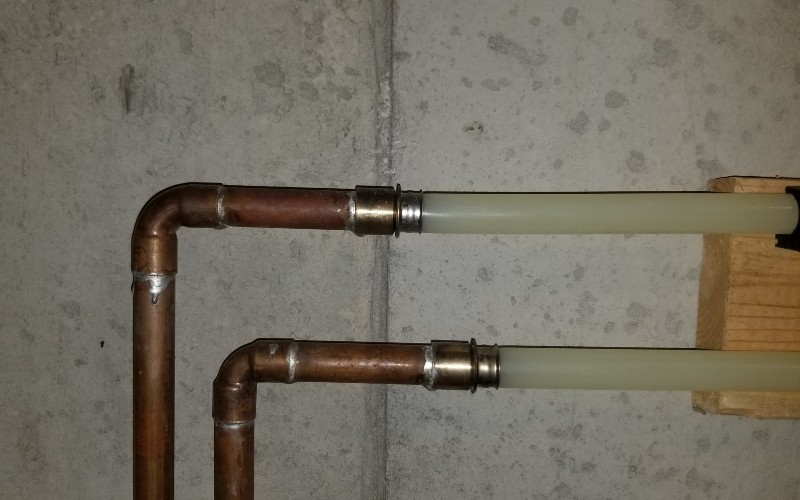
As you can see, you want to prevent water pipes from freezing when you’re on vacation or any time. So take some of these precautions to keep things flowing smoothly.
Insulate
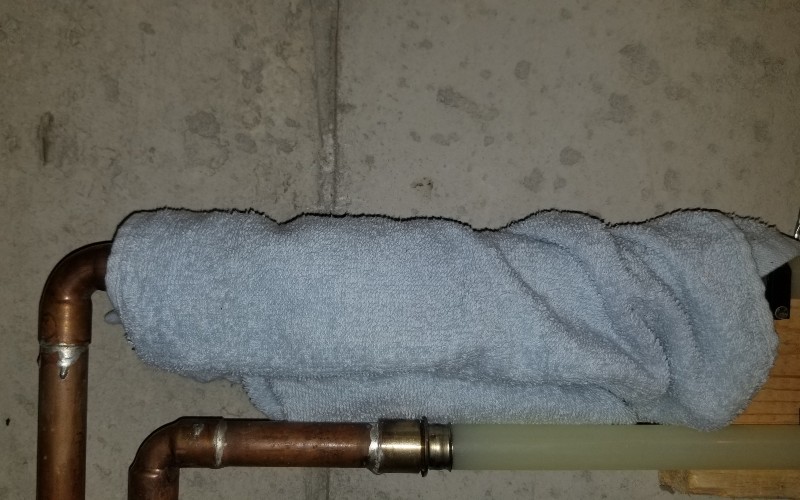
Pipe insulation is affordable and readily available at most hardware stores as well as online. You can buy it by the foot and slip it easily over your pipes in just a few minutes.
If you’re in an extreme bind and are unable to get to a store, you can also rig up some temporary solutions at home. Wrap the pipes in old blankets or clothes, even newspapers if you have nothing else. Remember, pipes in the attic, the basement, and near exterior walls are the most at risk.
Use Heating Tape
Heating tape is a solution you can use if you live in a place where freezing is a regular risk. It wraps around the pipe and requires a power source. The tape is lined with heating elements, it’s similar to the way a heating blanket works, and will warm up either when turned on or when set to register a certain temperature. The tape doesn’t get hot enough to burn anything, just warm enough to keep water flowing.
Heating tape is an investment, it can cost anywhere from $10 to $50, so it’s better suited to a place where freezing pipes are a regular hazard.
Drip the Faucets
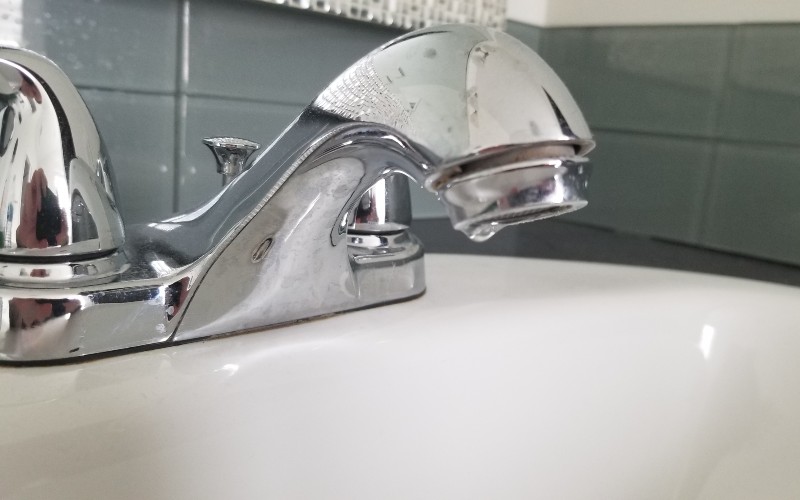
Flowing water does not freeze as easily as standing water. That’s why ponds freeze while rivers continue to flow. If you open your faucets ever so slightly to allow the water to drip, it can help prevent freezing for a little while.
Keep it Toasty
If you’re worried about pipes freezing in an empty house, or your pipes freezing on vacation, keep an eye on the thermostat. Set your temperature to at least 55 degrees to ensure the house stays warm enough even when you’re not there.
Seal Cracks
One of the worst culprits for causing pipes to freeze is poorly sealed and insulated cracks and entryways. This is especially true in basements and crawl spaces. If you see places where pipes pass through walls, or even vents and wires, make sure they are well sealed. They design spray sealers and insulation to seal these holes quickly and efficiently, and they only cost a few dollars per can.
Close the Garage
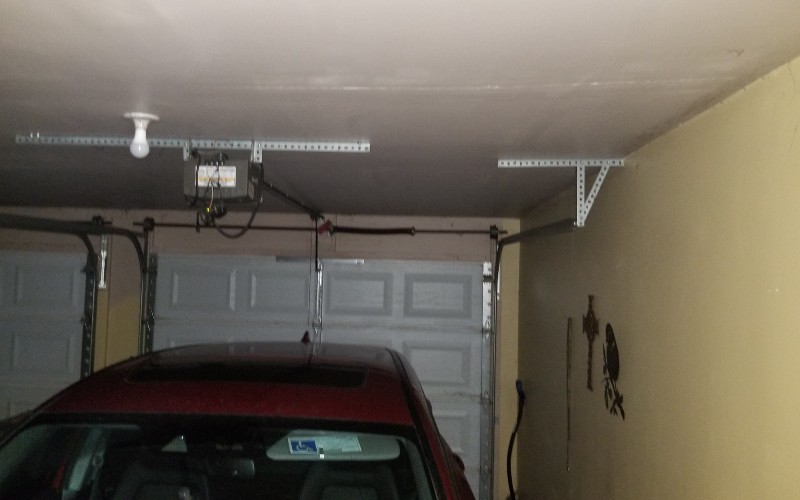
Ever notice those houses in the neighborhood where the garage door seems to be open all the time? That’s bad news in freezing conditions. Your garage will funnel that cold air right into your house. If there are pipes in or near the garage, they’ll be the first to freeze, too. Keep the door closed, and the door to the inside of the house as well.
Open Those Cabinets
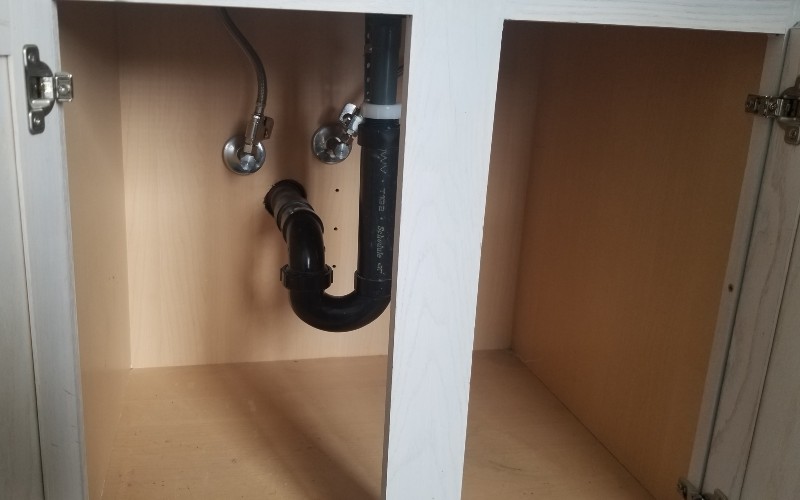
You can access many pipes near exterior walls through cabinets; think of the cabinet under your bathroom or kitchen sink. Opening those cabinet doors allows the heat of the rest of the house to access the pipes and keep them above freezing.
Drain Outside Lines
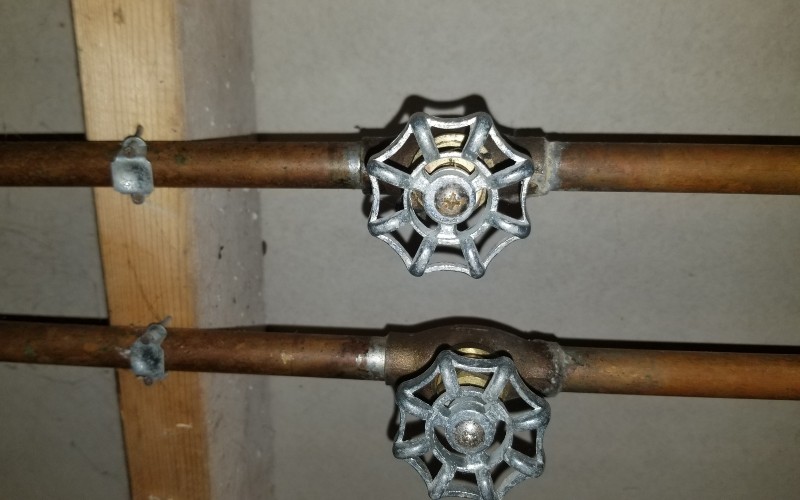
If you have a hose, a pool, or a sprinkler, make sure you drain the outside lines. Store your hose inside before the weather gets too cold as well. Keep the inside valves closed, but open the outside ones. This will allow any trapped water to drain instead of expanding in the lines.
Use an Outdoor Faucet Insulator
You can buy these online or at hardware stores. They’re small, styrofoam domes that fit over outside faucets and secure with a rubber fastener. Pipes freeze from the outside-in when ice outside leeches warmth from inside and causes the ice to spread into the house. One of these simple insulators can prevent that from happening.
Use Frost-Proof Hose Bib
If you have an outside water supply, consider swapping the normal spigot for a frost-proof one. These are designed to keep water housed in an internal chamber inside the house, preventing freezing. That way you don’t need to worry about shutting off the internal valve.
Use Gentle Heat
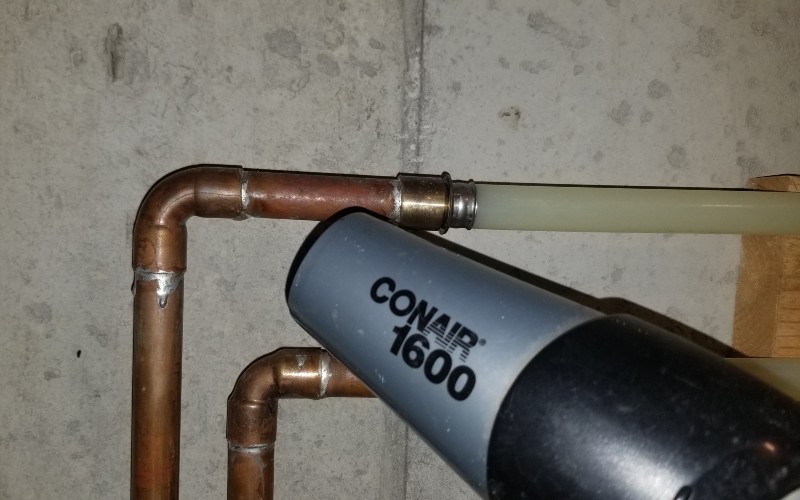
If you’re at the point in which water is flowing slowly and you suspect a pipe has frozen, treat it gently to get it up to temperature. Open the faucet so water can flow and use something like a heating pad or a hairdryer to warm the pipes. Never apply intense heat like a blowtorch or open flame.
Unfreezing pipes without using power
If your pipes are freezing and you have lost power so a heater or hairdryer is not available, you’re not without options. If you have access to gas heat, like an oven or a propane camp heater, you can heat a pot of water with a towel in it. Take the hot towel and wrap it around the frozen pipe. Keep replacing it as it cools down.
The Bottom Line
Frozen pipes are one of the worst problems a homeowner has to deal with and often when you realize it’s an issue, it’s too late. Save yourself the time and cost of fixing a problem by following these easy tips on keeping your pipes from freezing.

